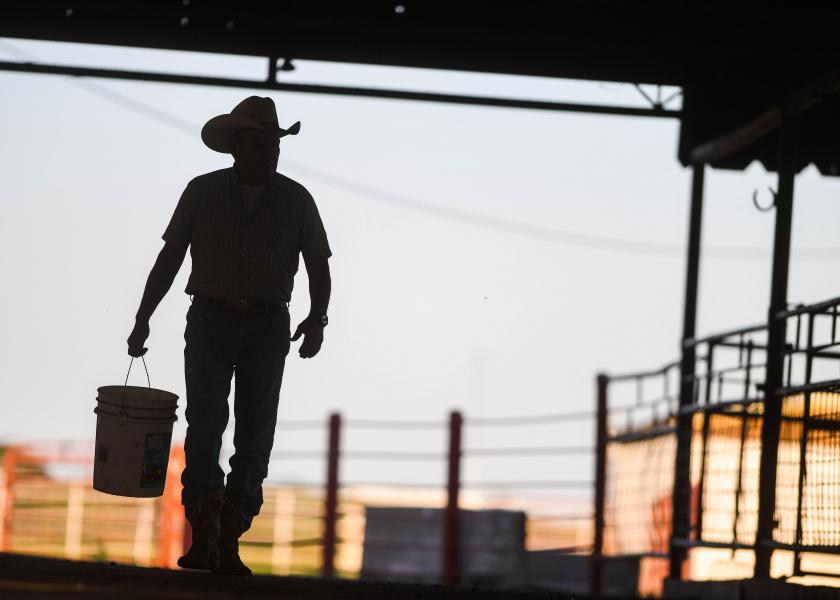Betting on Beef: Looking a Decade Ahead

Note: The opinions expressed in this commentary are those of Nicole Ereg, and do not necessarily represent the views of Drovers or Farm Journal.
What does beef production look like in 2030?
It’s a heavy question, one difficult to grasp with the uncertainty, but worth considering. If history is a lesson, we’ve learned a lot in the past 10 years that forecast what the next 10 will hold.
Cow country started the decade in a low spot. The drought of 2011-12 forced cattlemen to make deep cuts, but 2014-15 followed with record prices. From there it’s been up and down but innovations enhanced decision-making in genetics, health and management along the way. When the decade began, most ranchers I called on didn’t carry smartphones; now there’s an app with live updates on the cattle market and herd records in nearly everyone’s pocket.
As we turn the calendar page, many will bid 2019 goodbye with great fervor. From devastating to at least annoying weather, fieldwork delays, market swings, the uncertainties of new trade policy to “fake meat” headlines, it’s normal to feel like the deck has been stacked against beef for the last twelve months.
If we were to make predictions based on where the industry will be based on this year alone, it’s easy to look at a sorry calf check just cashed and only see more clouds on the horizon.
But every hard time has a silver lining.
I spoke with a cattleman recently who got into agriculture during the 1980s farm crisis. The outlook for farming was as poor as he, but doors closing for others provided opportunity for a passionate young man to capitalize on rented ground. Today, a third generation tags along as he and his son manage cows and farm together.
We can’t enjoy the mountaintop views without first crossing the valleys.
The headlines in national media paint a scary picture: “By 2030, the U.S. dairy and cattle industry will have collapsed, as microbial protein factories take over.”
It may look like dim prospects for our beef community, but numbers just don’t lie.
In the last decade, cattlemen have made significant progress in the quality of the product we provide to consumers. The industry averaged 61% Choice and 3% Prime in 2010. We’ll close out 2019 with 71% of cattle grading Choice and 8.5% Prime, with twice as much Premium Choice.
Consumers have tasted the progress and they like it.
CattleFax projects record-high Prime and Choice production for 2020, a fifth year consecutive record year for premium-quality beef. Demand for Choice beef was up 3% this year, and up 50% compared to recession lows, to say nothing of higher demand for premium brands and Prime.
Those figures translate to higher grid-market payouts. The Choice-Select spread will reach a new record average of $14.60/cwt. in 2019.
The media narrative is only a poker face that ignores fundamentals. The share of people on vegetarian and vegan diets has hovered at about 2-3% for the past two decades.
That leaves a lot of meat eaters out there ready to be served, and craving a high-quality product.
I’m not a betting woman, nor do I have a crystal ball, but if I were to project what beef production will look like a decade from now, it’s even better, thanks to ever greater quality and consistency.
We will never be able to predict exactly how the chips will fall, but if there’s a safe bet to make, it’s to keep it on marbling. It’s the ace in our hand to stack play as a sure predictor of consumer satisfaction.
The struggles of 2019 won’t last long, except for lessons learned. There’s much to be won in the next decade for cattlemen who aren’t afraid to look into the unknown and say, “Deal me in.”







